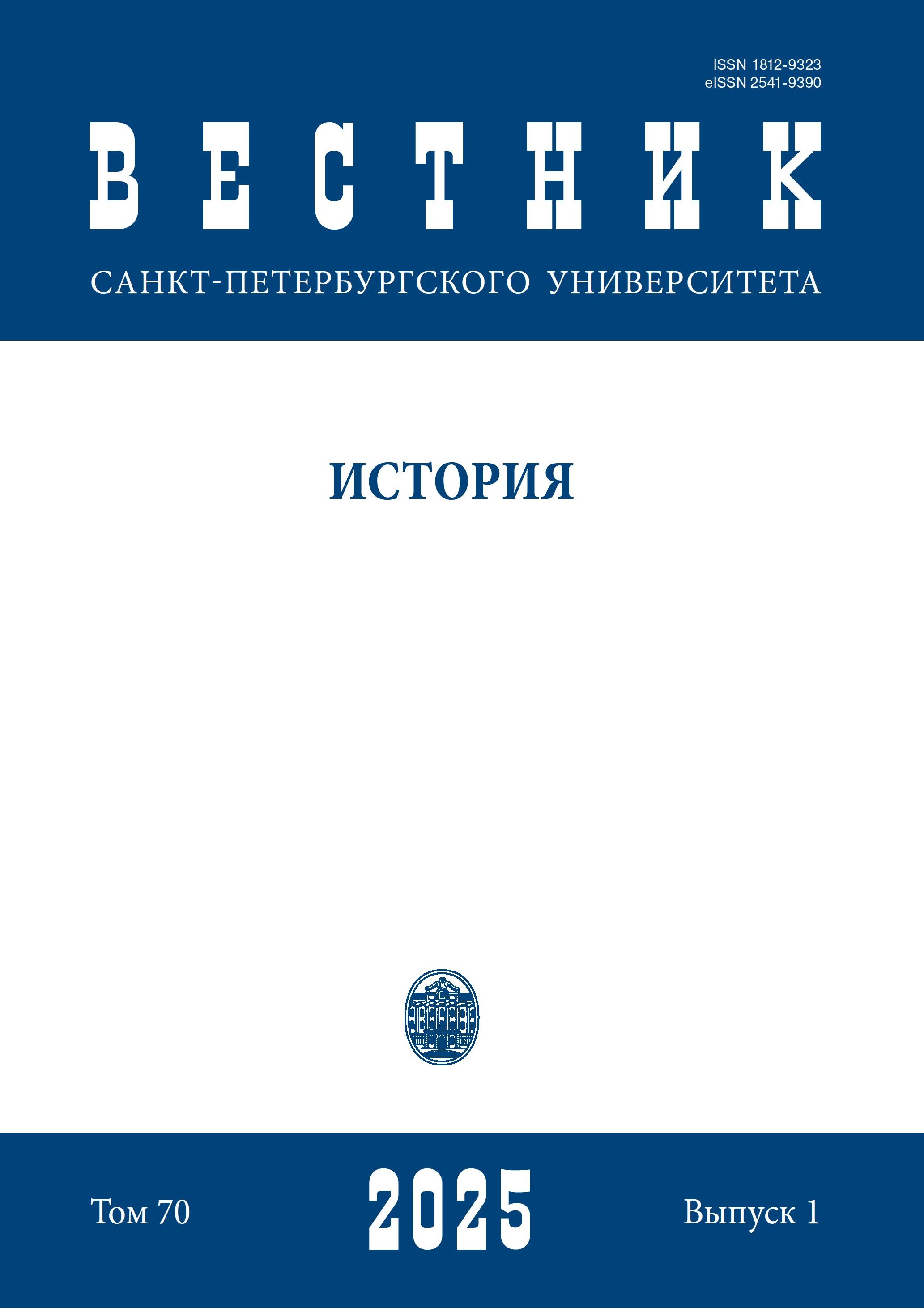Поздние слухи о поражении монголов в Европе в середине XIII века: утопление Батыя в Австрии и легенда о святом Владиславе на Руси
DOI:
https://doi.org/10.21638/spbu02.2025.101Аннотация
Автор исходит из презумпции, что слухи, которые распространяются в те или иные эпохи в тех или иных регионах, сами по себе являются ценным историческим материалом и могут многое прояснить в исторических событиях. Целью данной статьи является исследование ложных сообщений о гибели Батыя в битве на территории Восточной Центральной Европы, которые были зафиксированы как в западноевропейских, так и в русских источниках в течение десятилетий и столетий после его вторжения в Европу в 1241–1242 гг. В сочинении Хетума «Цветник историй земель Востока» (1307 г.) содержится явно неточное описание утопления Батыя во время попытки монгольского вторжения в Австрию. Русские летописи XV в. и агиографический текст отдельно сообщают о том, что Батый был убит в Венгрии святым королем Владиславом. Эта «Повесть об убиении Батыя» внезапно стала довольно популярной в летописных записях Руси в период, предшествовавший Великому стоянию на реке Угре, когда Москва готова была отвергнуть требования Орды. Хотя такие разнообразные и относящиеся к периоду после XIII в. рассказы о смерти монгольского хана в корне не соответствуют действительности (Батый, несомненно, вернулся из Европы и правил территорией джучидов с Волги в течение многих лет до 1250-х гг.), они также не являются полностью беспочвенными продуктами воображения средневековых авторов. В статье анализируется, как подлинные исторические события или, по крайней мере, широко распространенные истории, такие как смерть монгольского генерала в Мухи и даже легенда о святом Ладиславе Венгерском, со временем были включены в эти объединенные повествования. Результаты в обоих случаях проливают свет на то, как новости и местные воспоминания интригующе передавались и распространялись по Европе и ее периферии в течение Средних веков.
Ключевые слова:
монгольское нашествие на Европу, Батый, Хетум, русские летописи, легенда о святом Ладиславе Венгерском, Венгерское королевство, Варадин, Ласло I Святой
Скачивания
Библиографические ссылки
Загрузки
Опубликован
Как цитировать
Выпуск
Раздел
Лицензия
Статьи журнала «Вестник Санкт-Петербургского университета. История» находятся в открытом доступе и распространяются в соответствии с условиями Лицензионного Договора с Санкт-Петербургским государственным университетом, который бесплатно предоставляет авторам неограниченное распространение и самостоятельное архивирование.





